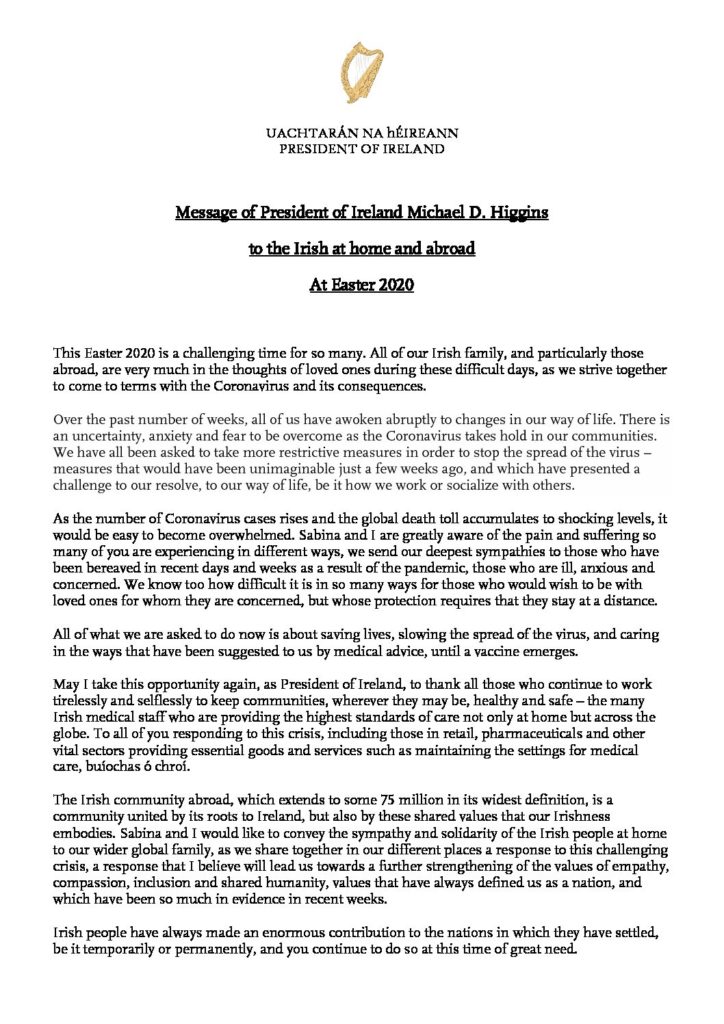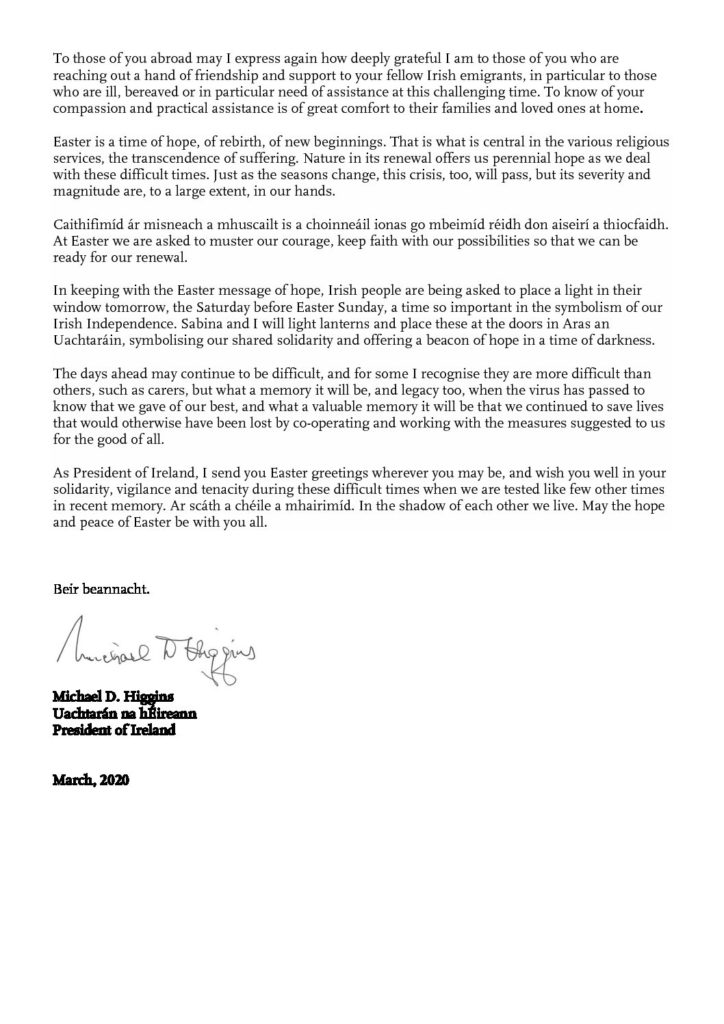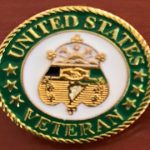In remembrance of an Gorta Mór (the Great Hunger) our State Historian Steve McEnaney has prepared the following article.
We begin with the landlords. Their standard of life was set in the main by their far richer brethren in England, which meant that too many of them were living beyond their means. In consequence, they cared little about what went on on their estates so long as they yielded the maximum income. This state of affairs persisted from the late 18th century through the years of the Napoleonic Wars and into the mid 19th century.
The Irish people, during this time, had assured themselves of abundant, healthful food by adopting a potato and milk diet. In the post war years of the century, the population leaped ahead. In 1800 it was estimated that there were five million people in the country; in 1821, six and a half million; and, in 1841 over eight million. It was a vast impoverished population with early marriages and large families.
The survival of this vast population depended on the recurring fruitfulness of the potato exclusively. There was a long spell of wet weather in July of 1845 which seemed harmless. Then, in August came news of a strange disease attacking a crop in the south of England. In September, blight was observed in Waterford and Wexford. About half the country was affected.
In July and August of the following year, and on into 1848 and 1849, the failures were complete. Hungry mobs roved the country, but above all they poured in on the relief works of from 30,000 to 285,00 per month.
The situation in Ireland reached its worst during the snowy winter of 1848. The starving people crowded into towns. A fever epidemic spread like wildfire. “Famine fever” was, in fact, either typhus or cholera. Dysentery, scurvy, and hunger oedema were all caused simply by starvation.
We must be clear in our minds that this was not primarily a disaster like a flood or an earthquake. The blight was natural (a fungus), Conditions in Ireland, which had placed thousands in complete dependence on the potato are another matter. The ministers of the crown were callous, parsimonious, and self-righteous; attitudes exhibited to both the English and the Irish poor.
In 1851 the population was six and a half million, two million less that the 1845 population. One million had emigrated, of which 20% perished in coffin ships, and one million had perished in-country. Gone were the days of early marriage and a countryside thronged with young people and children. For many the price of holding on to the family farm was to remain unmarried. For others there could be no staying in Ireland, and their energies went to the building of the United States or other new lands across the sea.


